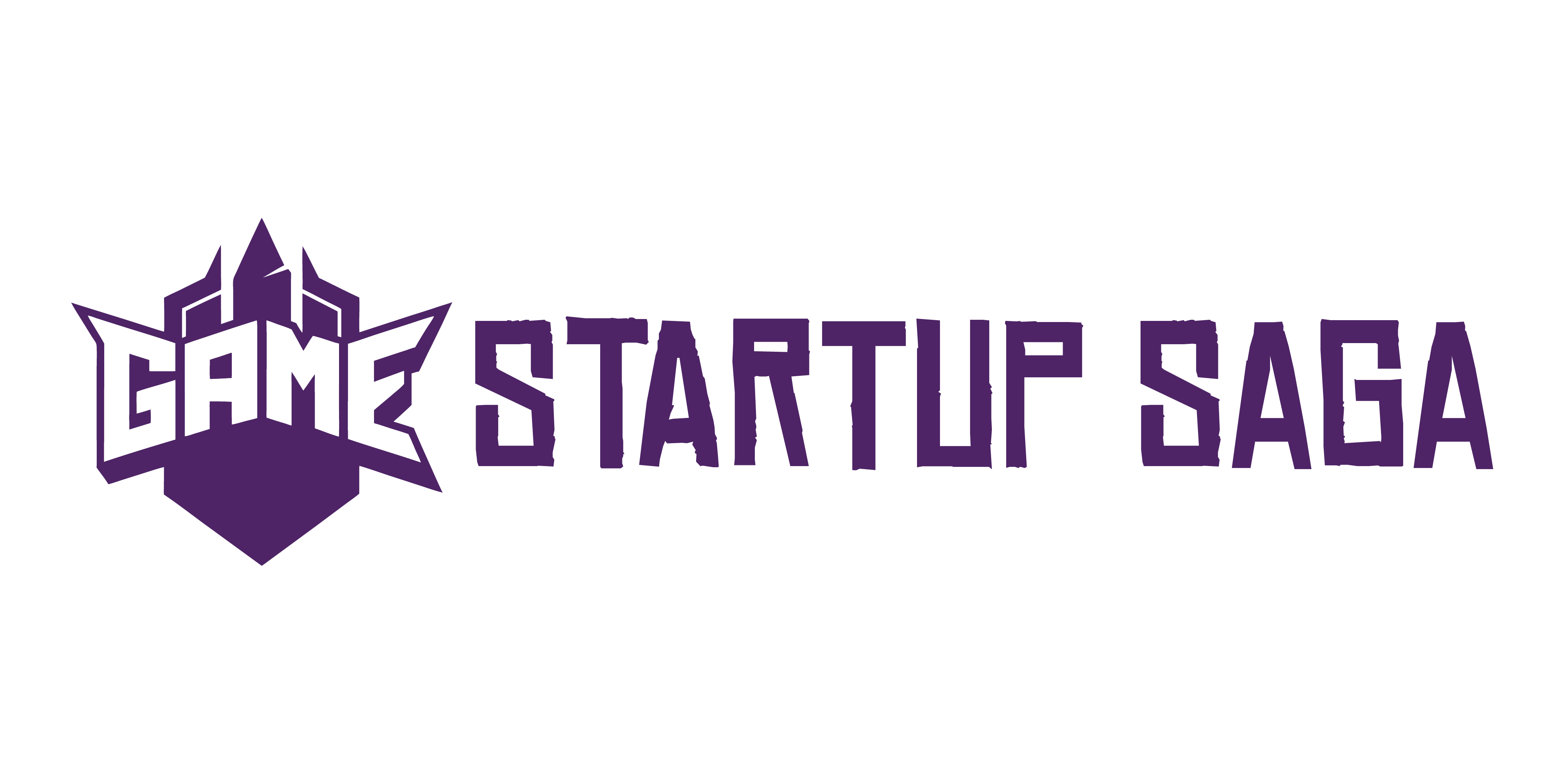Know Your Audience
Not every investor cares about your combat system or pixel shader. Some just want the numbers. Before you walk into a pitch, figure out who’s on the other side of the table. Are they from gaming? Tech? Finance? Their background shapes what they care about—and how you should communicate.
If they’re gamers, lead with vision, world-building, and mechanics. If they’re from tech, show how your game is innovating or scaling. If it’s finance, focus fast on ROI, risk, and market data. This isn’t about faking it—it’s about translating your pitch so they hear what matters to them.
Do the homework. Research past investments. Read their blogs. Know if they’re an early-stage risk-taker or all about late-stage metrics. Then customize the way you present your game. One deck doesn’t fit all. Tailoring your story to fit their lens is the difference between a maybe and a yes.
Lead With the Hook
You’ve got a minute—maybe less. That’s how long you’ve got before an investor mentally checks out or leans in. So don’t waste time. Lead with a line that grabs. Think tagline meets business case: what your game is, who it’s for, and why it matters—fast.
Your elevator pitch should hit three things: genre, market, and vision. Not just “It’s an RPG” or “like Zelda but darker.” Say instead: “It’s a narrative-driven sci-fi RPG targeting PC and console players who love deep systems and short sessions. Our goal? To be the go-to game for story-driven roguelikes.” Sharp. Clear. Memorable.
And yes, let your passion show—but keep it contained. Say less, but say it better. Investors don’t buy hype. They buy focus. Show that you’re obsessed with your game, but clear-headed about what you’re building and who it’s for. That’s the kind of energy that gets a second meeting.
Show They’re Betting on a Serious Team
In early-stage game pitches, the product matters—but the team matters more. Investors aren’t just betting on your idea; they’re betting on your ability to pull it off. So make it easy for them to trust you. Highlight who’s involved, what they’ve built before, and why they’re the right group to take this forward. Think track records, not just titles.
If you’ve shipped a game, say that. If you’ve failed and learned something along the way, say that too. Real experience—win or lose—builds credibility. For teams without long resumes, shift the spotlight toward mindset. Show that you can adapt, respond fast, and execute under pressure. A flexible, gritty team with proof they can deliver punches above their weight.
At the end of the day, investors want confidence they’re backing builders—not just dreamers.
Build a Laser-Focused Game Summary
Start with the core gameplay loop. What is the player doing minute-to-minute? If your game is a top-down tactics brawler, don’t just say that—say, “Players control a three-hero squad, swap between them on the fly, and focus on momentum-based combo chaining to clear tight combat arenas.” Within two sentences, you’ve built a mental picture.
Next: how does it look and feel? Showcase some visuals or a short gameplay clip. Don’t rely on placeholder art unless you can explain what it will turn into. If your painterly biomechanical world looks like a cross between Giger and Studio Ghibli, say it—but back it with references or screenshots. Art and animation matter. Investors need to know not just how the game plays, but why it’ll stick in people’s heads.
And be ruthless about your genre tags. No one knows what “action-adventure RPG-lite with survival elements” means anymore. Pick a lane. Own it. “A compact deck-building roguelike with bite-sized 10-minute runs” paints a clear, actionable picture. The goal isn’t to please everyone—it’s to make one target audience say: I need that.
Prove There’s a Market
Start with a clear picture of who you’re building for. Is your core audience cozy horror fans on Steam? Midcore mobile strategy players? Retro-loving console users? Define them, tightly. Don’t say “gamers ages 18–35,” that’s meaningless. Describe the mindset, the habits, and what they’re hungry for. Then size it. Use real market data if you’ve got it—genre growth, platform trends, or adjacent audience overlaps. Make it clear why your game fits into a rising tide, not a shrinking pond.
Next—competition. Name names. What titles would your audience already be playing? Acknowledge the heavyweights, then carve out your lane. Maybe your art direction stands out, maybe your game loop is tighter, maybe your narrative invites replays. Show you’ve played what’s out there—and you know what’s missing.
Now the proof. If you’ve got traction, lay it out: 14,000 wishlists in 3 months, 25% email-to-demo conversion, 130k views on your teaser trailer. Numbers talk. If you’re early, use signals like community feedback, beta tester enthusiasm, or early press. It’s not just about scale—it’s about signal strength, and whether your audience is showing up now, not someday.
Be Transparent About the Business
Let’s cut the fluff: investors want to know where their money’s going and how long it’s supposed to last. Your funding ask should be specific. Not just, “We need $500K”—break it down. How much goes to art? Programming? Audio? Marketing? And what’s your runway—six months, a year? A vague ask signals inexperience; a clear breakdown builds trust.
Next, explain exactly how you plan to make money. Free-to-play with cosmetic microtransactions? One-time premium? Battle pass model? Spell it out. Don’t overpromise and don’t assume investors will know your plan. If there’s a mix, be honest about what percentage you expect each stream to pull.
Finally, show you grasp the moving parts of production. Timeline matters. Pre-production, vertical slice, alpha, beta, launch—know the stages and where you are now. Ballparking burn rates, team size, and contingency planning shows you’re serious. Production always shifts, but if you’ve thought through the road ahead, that’s what counts.
Anticipate the Hard Questions
If you’re pitching to investors, expect scrutiny. They’re not just betting on the concept—they’re betting on whether it can weather reality. Know your burn rate—how much money you’re spending each month—and how long your runway lasts. Be specific about how your team is structured, what everyone’s working on, and how the budget supports it. If your marketing plan is just “hope it goes viral,” rethink it fast.
Post-launch isn’t an afterthought. Investors will want to know what happens three months after release. Are there content updates? Community events? Plans to grow revenue? Talk through how you’ll retain players, push engagement, and avoid turning your game into a one-and-done.
And here’s one of the most underrated trust-builders: honesty. Don’t wing an answer just to sound confident. If you don’t know yet, admit it—and explain how you’ll figure it out. Investors appreciate clarity over bravado. It shows you’re grounded, not guessing.
Stay Open, Not Desperate
Lead with Confidence
Walking into a pitch with uncertainty or hesitation can undercut everything you’ve built. Investors want to see a founder who believes in their vision and backs it with data, practical insight, and drive.
- Speak clearly and unapologetically about your game’s potential
- Share the excitement, but stay rooted in realism
- Remember: confidence is convincing—but desperation is a red flag
Choose Your Partners Wisely
You’re not just looking for funding—you’re looking for fit. The best investor relationships are collaborative, not transactional.
- Make it clear you’re doing due diligence on them, too
- Define what you want from a partner beyond money (mentorship, network, long-term patience)
- Investors take note when creators are thoughtful about alignment
Accept Feedback Like a Pro
Not every pitch will land, but every no brings value—if you’re listening.
- Ask clarifying questions when feedback is vague
- Resist the urge to spiral if someone passes; learn and evolve
- A ‘no’ now might become a ‘yes’ later if you keep improving
Position yourself as a resilient creator with a clear direction—not someone begging for lifelines. Investors bet on clarity, capability, and, above all, mindset.
Extra Tip: Funding Strategy Matters
Investor money isn’t the only lane to go down—and treating it like the only option can backfire. If you walk into a pitch acting like it’s your last shot at making this game, it shows. Investors can smell desperation, and it doesn’t exactly build confidence.
Smart studios are mixing and matching funding sources. Think milestone-based grants, working with indie-friendly publishers, soft-launching a vertical slice to generate early revenue—or even crowdfunding if you’ve got a built-in community. None of these options are easy, but combined strategically, they can reduce your dependence on any single source.
Every funding path comes with trade-offs: equity, creative control, timelines. What matters is knowing what you’re trading—and picking partners who align with your game’s mission. Want a deeper breakdown of VC vs. crowdfunding tradeoffs? Check this out.
Final Words
Refine Until It Resonates
Your first pitch version won’t be your best—and that’s okay. Great pitching is rewriting. Rehearse it, tighten the transitions, refine your language, then revise again. Polish it until the heart of the game shines through clearly and confidently.
- Record yourself and play it back—does every word earn its place?
- Ask for feedback from people outside your immediate circle
- Anticipate questions and bake answers into the flow
Deliver with Clarity and Energy
Investors hear dozens of pitches. Make yours stand out with clarity, momentum, and authenticity. Show your excitement, but more importantly, guide your audience with a clear narrative.
- Keep the structure sharp: hook → concept → market → ask
- Avoid jargon unless you’re sure your investor understands it
- Project passion without overselling
Smart Pitches Lead to Real Funding
A great game idea isn’t enough. Investors fund confidence, strategy, and execution. The combination of a well-defined product, a trustworthy team, and a practiced pitch makes that crucial difference.
- Great ideas need great presentation
- Focus on framing your game as a smart investment
- Your job is to make investors believe they’re joining something that can succeed
Tighten your story, respect your audience, and pitch like your game depends on it—because it does.




